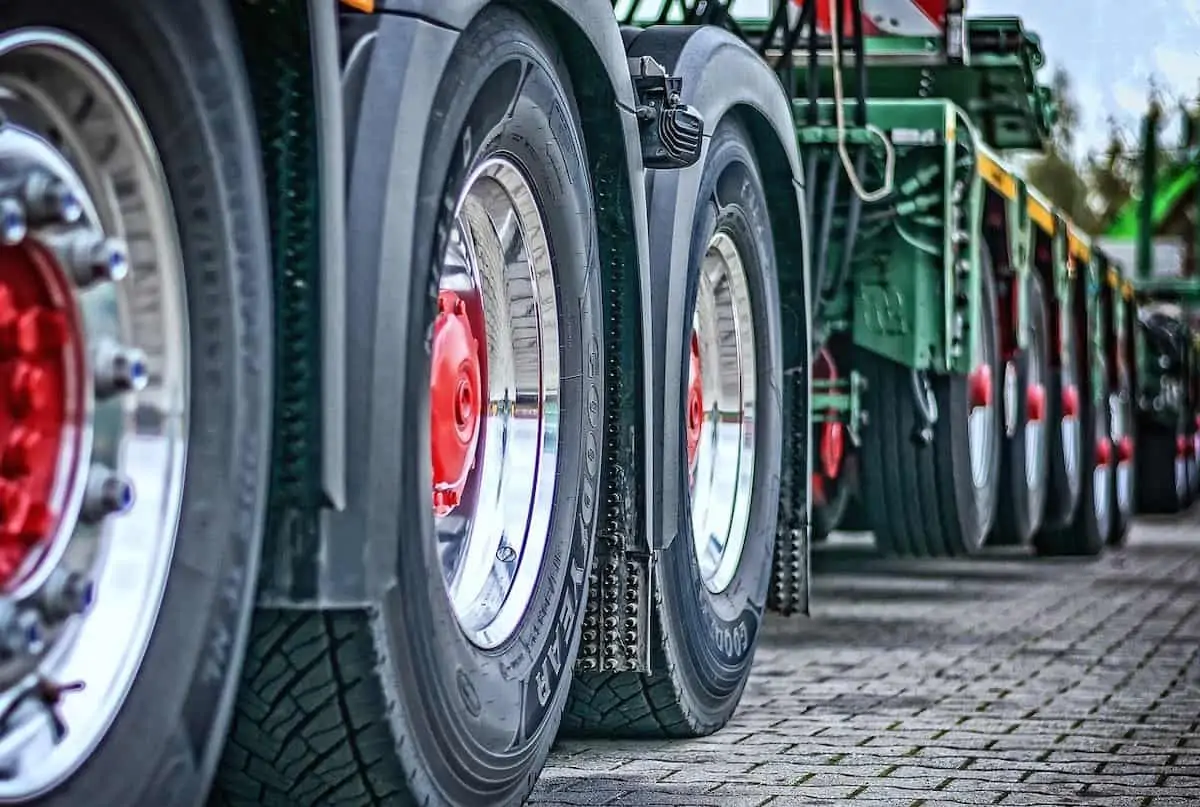If you are just starting out with the big rigs and are unfamiliar with the common industry terms, such as heavy duty truck alignment, interpreting information can seem like a drag. But, don’t worry!
Mach 6 Truck & Heavy Equipment Repair is on your side. Let’s explore truck alignment and the special considerations we make for heavy-duty trucks in particular.
What is a Truck Alignment?
A truck alignment is a kind of heavy duty truck repair that involves adjusting the suspension of the vehicle to affect the contact surface of the tires.
Why is Truck Alignment Important?
When your wheels are misaligned with the road, they will wear unevenly. This will cause premature failure, which can be extremely dangerous, depending on the circumstances. Plus, this uneven wear extends to the tires, suspension, braking and frame of the vehicle, causing further damage when left unchecked.
Additionally, drivers who use misaligned trucks regularly will probably face their own challenges. Fighting with the wheel of a loaded truck is no fun, especially when you are facing increased vibrations at the same time.
What is Proper Truck Alignment?
Your tires should sit flatly on the surface of the road, matching the tread pattern exactly. They may not if one of the following dimensions is askew.
Camber
Your tires camber refers to the inward or outward angle of your truck when facing it from the front of the vehicle. Tilting inward, the tire’s outside surface is overused, whereas the inside surface wears quicker when tilting outward.
Toe
Viewing your tires from above, the toe is the angle inward-outward from the centre of the vehicle. When tilted in either direction, the tread will wear unevenly, creating a sawtooth texture. Additionally, the performance of the vehicle may be affected, pulling to one side or another during travel.
Caster
The caster of your vehicle is the angular displacement of the steering axis when viewed from the side. It can tilt towards or away from the driver and may lead to heavier steering if too excessive.
Keep in mind that truing the alignment (meaning to centre each angle) is the proper method for many vehicles. However, for various specialty vehicles, including racecars and certain heavy-duty trucks, it is better to adjust the angle for superior performance, handling or fuel economy.
What Are the Signs of Bad Alignment?
Still not sure what a bad alignment looks like? No problem, just look for the signs of early wear above. A visual inspection may also show “feathering” which roughly resembles a carpet burn or road rash, but on your tires. While you are driving, you may also feel the steering wheel pull in one direction or another, commonly referred to as “doglegging.”
You may also wish to get your tires aligned based on a schedule. In this case, it is best to base your appointments for heavy duty truck repair on the vehicle’s mileage or age.
Where to Get a Heavy Duty Truck Alignment
The best place to get a heavy duty truck alignment or any type of heavy duty truck repair is at mach6truckrepair.ca. At least, for most of Northern Alberta, including Edmonton. If you are outside this area, consider looking for a company that meets this company’s excellent quality and superior service.

